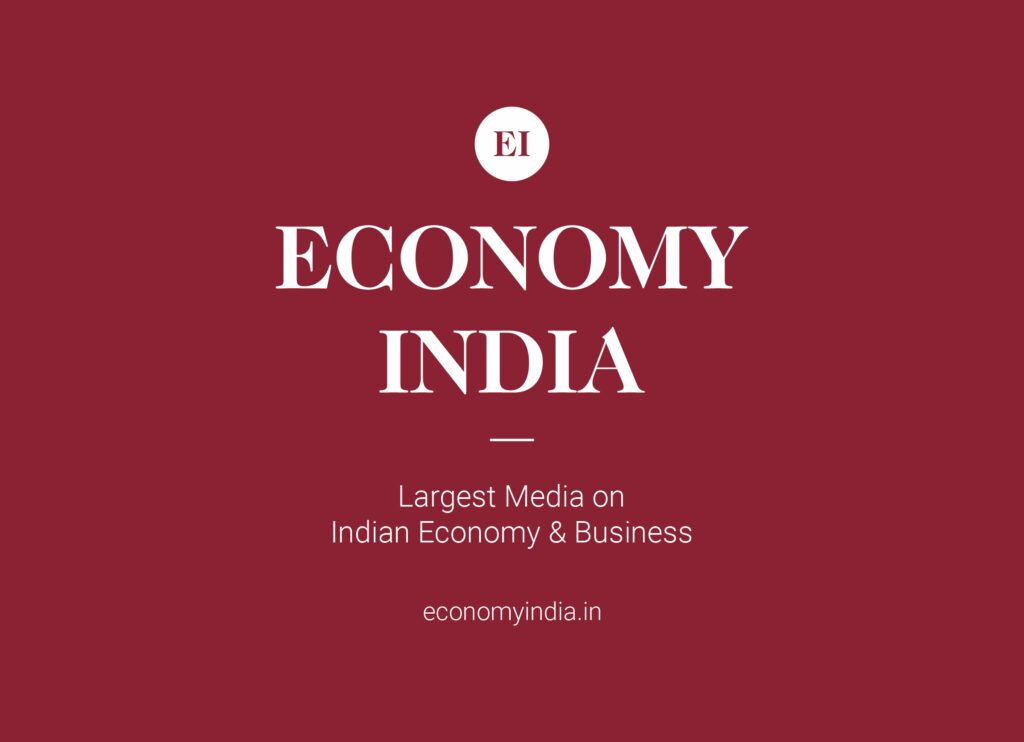GST rate cuts, productivity gains, and festive demand lift India’s factory output to a 2025 high, as PMI jumps to 59.2 in October.
New Delhi (Economy India): November 3, New Delhi India’s manufacturing sector recorded a strong upswing in October, bolstered by recent GST rate rationalisations, rising domestic demand, and higher productivity driven by technology adoption. According to the latest data from the HSBC India Manufacturing Purchasing Managers’ Index (PMI), the seasonally adjusted index rose to 59.2 in October, up from 57.7 in September, marking the strongest growth in manufacturing activity since February 2024.
GST Reforms and Demand Surge Fuel Growth
The significant jump in manufacturing activity was largely driven by the government’s latest round of Goods and Services Tax (GST) reforms, which included reductions in tax rates on select raw materials and intermediate goods, aimed at easing supply-chain bottlenecks and cutting input costs for producers.
Industry experts noted that these reforms, combined with strong pre-festive demand, have provided a major boost to production and order volumes. The survey highlighted that new orders rose sharply in October, with both domestic and export markets showing strong momentum.
“GST rationalisation has come at an opportune time. It has eased operational costs and improved liquidity for manufacturers, enabling them to scale up production efficiently,” said an HSBC India report accompanying the PMI data.
Technology and Productivity Lead the Next Phase of Expansion
Apart from tax benefits, increased investment in digital and automation technologies has played a crucial role in enhancing productivity and operational efficiency across key industries such as automobiles, electronics, and capital goods.
Several firms surveyed by HSBC reported that technology upgrades and automation in production lines have shortened delivery times and reduced manufacturing waste, helping sustain profit margins even as input prices remain under control.
“Adoption of smart manufacturing tools is reshaping India’s industrial landscape. The focus is clearly shifting toward quality, efficiency, and export competitiveness,” said Pranjul Bhandari, Chief India Economist at HSBC.
Employment and Business Confidence Improve
The survey further revealed that manufacturers increased hiring during October to meet surging demand. Employment levels grew for the fourth consecutive month, reflecting optimism over the near-term business environment.
Additionally, business confidence rose to its highest in nearly two years, with companies expecting demand to remain robust through early 2026. A majority of manufacturers expressed plans to expand capacity, launch new products, and increase capital expenditure in the next few quarters.

Input Costs Ease, Output Prices Stay Competitive
Input cost inflation continued to moderate in October, aided by stable commodity prices and smoother logistics networks. This helped firms keep output prices competitive in both domestic and overseas markets.
Analysts pointed out that easing input costs could allow the Reserve Bank of India (RBI) to maintain its current monetary stance, supporting overall industrial growth.
“Stable costs and rising output make India’s manufacturing story increasingly resilient amid global uncertainty,” noted an HSBC economist.
Sectoral Performance: Autos, Consumer Goods, and Electronics Lead
Within the manufacturing ecosystem, automobile and consumer goods producers reported the strongest growth in new orders, supported by festive season sales and pent-up demand in rural markets.
The electronics and machinery sectors also saw solid expansion, driven by government incentives under the Production-Linked Incentive (PLI) scheme and higher export orders from Southeast Asia and the Middle East.
In contrast, textiles and chemical industries recorded moderate growth, facing some challenges from volatile export prices and shipping costs.
Outlook: India’s Industrial Momentum to Stay Strong
Economists believe that the manufacturing sector’s momentum is likely to continue through the December quarter, supported by festive spending, infrastructure projects, and strong corporate earnings.
“With GST reforms improving supply chain efficiency and government spending on infrastructure driving input demand, India’s manufacturing sector is poised for sustained growth,” said Economy India’s industry analyst.
The PMI reading well above 50 indicates expansion in manufacturing activity — and at 59.2, it reflects one of the strongest growth phases globally among major economies.
India’s manufacturing industry continues to stand out as a pillar of economic resilience. The combination of policy reforms, technology-led efficiency, stable input prices, and growing consumer confidence has created a fertile ground for sustained industrial growth.
With rising employment, strong order books, and improving business sentiment, the outlook for India’s manufacturing sector remains highly positive heading into 2026.
(Economy India)








